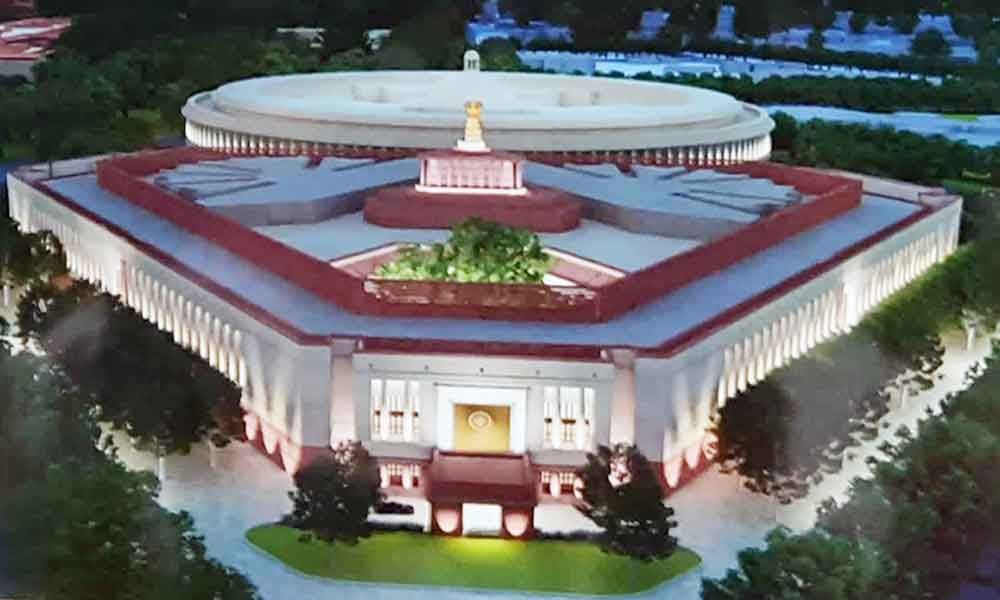


India celebrated a historic milestone on May 28 with the inauguration of its new Parliament building, an architectural masterpiece blending modernity and tradition. This momentous event signifies a significant achievement in Indian politics and architecture, reflecting the nation’s growing confidence and self-assurance. The construction of the new Parliament building exemplifies the spirit of Aatmanirbhar Bharat, representing an independent India built by its own people.
A notable aspect of this structure is its symbolic departure from colonial legacies that have endured for almost a century. The previous Parliament House, completed in 1927, played a crucial role in shaping India’s democracy but had become inadequate to meet modern government requirements after serving the nation for 96 years.
Prime Minister Narendra Modi emphasised that the new Parliament building would bear witness to the creation of Aatmanirbhar Bharat, showcasing India’s newfound confidence and self-reliance. By independently conceptualizing and constructing this remarkable building, India embraces a new reality shaped by its own people.
The design of the new Parliament building is aesthetically pleasing and deeply rooted in Hindu symbolism. Its distinctive triangular shape holds significant meaning, reflecting sacred geometries found in various religions. Architect Bimal Patel highlighted the sacredness attributed to triangles in the Sri Yantra and the concept of trinities.
The interiors of the new Parliament building reinforce India’s cultural identity by incorporating three national symbols: the Lotus, the Peacock, and the Banyan Tree. The Lok Sabha chamber draws inspiration from the national bird, the Peacock, while the Rajya Sabha chamber incorporates the national flower, the Lotus. Additionally, the Central Lounge courtyard celebrates the national tree, the Banyan, showcasing India’s diverse heritage.
Completing the new Parliament building in just over two years demonstrates India’s impressive ability to undertake ambitious projects. It positions the country at the forefront of modern architecture and design, reflecting its dedication to progress and development.
In summary, the inauguration of India’s new Parliament building is a momentous occasion in the nation’s history. It symbolizes the dismantling of colonial structures and heralds the emergence of a new Indian reality characterized by confidence and self-reliance. With its triangular shape symbolizing sacred geometries and the incorporation of national symbols, this magnificent architectural achievement proudly represents India’s progress, self-determination, and unwavering commitment to shaping its own future.